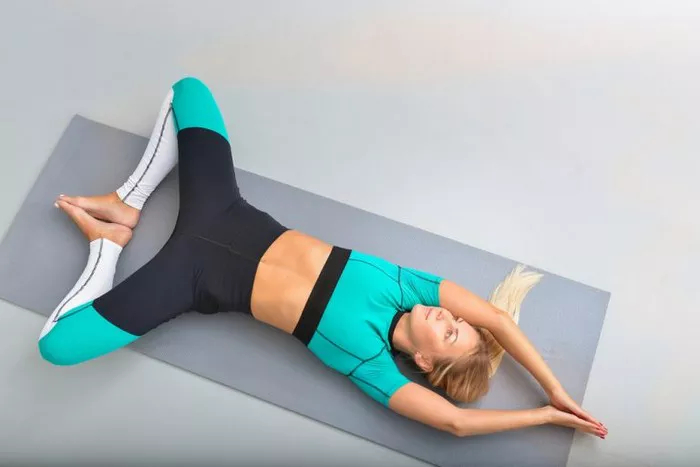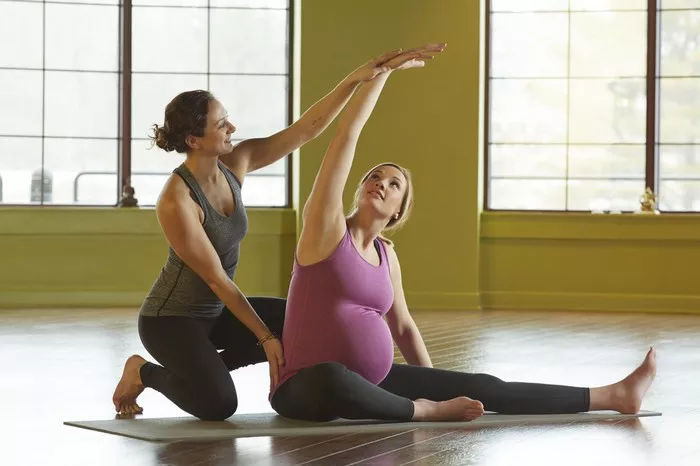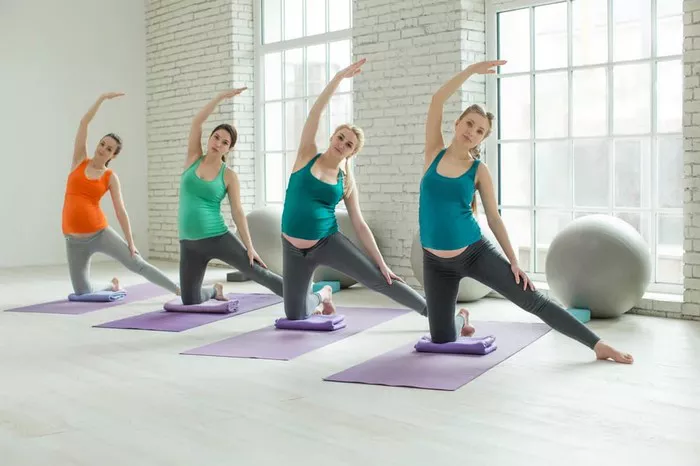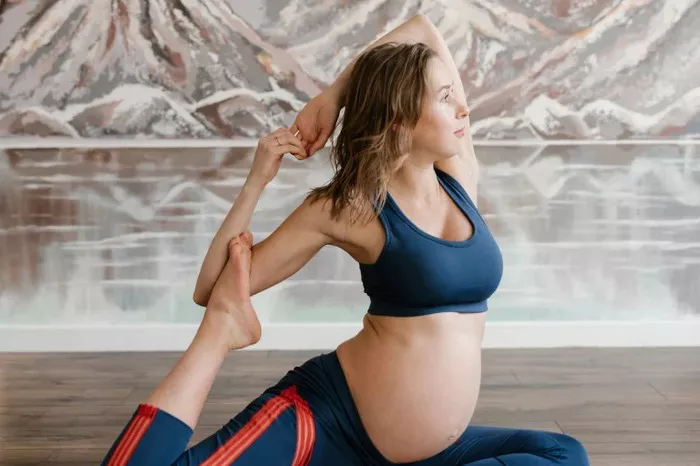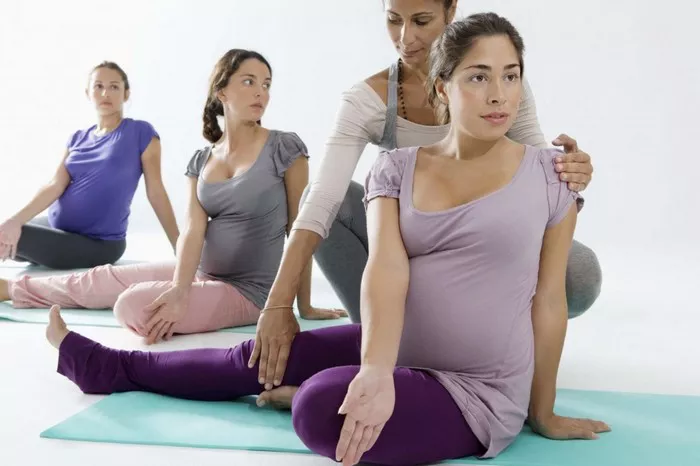Vinyasa yoga, often referred to as “flow yoga,” is a dynamic and fluid practice that connects breath to movement. This style has gained immense popularity due to its ability to enhance strength, flexibility, balance, and mental clarity. However, for both beginners and seasoned yogis, a common question arises: How many times a week should I practice Vinyasa yoga to maximize its benefits?
The answer depends on several factors, including your fitness level, goals, lifestyle, and overall health. This article will guide you through these considerations, helping you determine the ideal frequency for your Vinyasa yoga practice.
Understanding Vinyasa Yoga
Vinyasa yoga is a style that links each movement to the breath. This practice involves a sequence of poses (asanas) that flow seamlessly together, creating a meditative and physically challenging experience. The pace and intensity can vary depending on the teacher or class, but the hallmark of Vinyasa is its focus on fluid transitions and rhythmic breathing.
Key benefits of Vinyasa yoga include:
Improved Cardiovascular Health: The flowing nature of Vinyasa yoga elevates the heart rate, making it a mild cardiovascular workout.
Strength and Flexibility: Regular practice builds muscle tone and increases flexibility.
Stress Reduction: The emphasis on breath and movement fosters mindfulness, reducing anxiety and stress.
Enhanced Focus and Coordination: Vinyasa yoga demands mental presence, improving your concentration and coordination over time.
Given these benefits, deciding how often to practice depends largely on your personal objectives.
Factors to Consider
Before determining your weekly Vinyasa schedule, consider the following:
1. Your Experience Level
Beginners: If you’re new to yoga, it’s essential to ease into your practice to avoid injury and burnout. Starting with 2–3 sessions per week allows your body to adapt to the physical demands of Vinyasa yoga.
Intermediate Practitioners: Those with a foundational understanding of Vinyasa can aim for 3–5 sessions per week, balancing practice with adequate rest.
Advanced Yogis: Experienced practitioners can practice 5–6 times a week, incorporating more advanced sequences and even exploring complementary yoga styles.
2. Your Fitness Goals
Building Strength: If your primary goal is strength, aim for 3–5 Vinyasa sessions per week, incorporating classes that emphasize longer holds and strength-building poses like Plank, Chaturanga, and Warrior series.
Improving Flexibility: To enhance flexibility, practice 4–5 times a week, focusing on flows with deeper stretches and poses targeting tight areas like the hamstrings, hips, and shoulders.
Weight Management or Cardio: For those aiming to burn calories or improve cardiovascular fitness, Vinyasa can be practiced 4–6 times a week. Classes with a faster pace or power yoga variations are particularly effective.
Stress Relief and Mental Clarity: Even practicing Vinyasa yoga 2–3 times a week can significantly reduce stress. Combine it with restorative yoga or meditation on off days for maximum mental benefits.
3. Time Availability
Your schedule also plays a role in determining frequency. While daily practice is ideal, it may not be feasible for everyone. Even shorter sessions (20–30 minutes) 2–3 times a week can yield meaningful benefits.
4. Physical Recovery and Rest
Recovery is crucial, especially for those engaging in other forms of exercise. Overdoing Vinyasa yoga without proper rest can lead to fatigue or injury. If your muscles feel sore or you lack energy, it’s okay to take a day off or switch to a gentler style, such as Yin or Restorative yoga.
How to Structure Your Vinyasa Practice
A well-balanced weekly routine ensures you’re reaping the benefits of Vinyasa yoga while avoiding overexertion. Below is a suggested framework based on different levels and goals.
For Beginners (2–3 Times a Week)
Day 1: Attend a basic Vinyasa class focusing on foundational poses like Downward Dog, Warrior I, and Cobra.
Day 3: Practice a gentle Vinyasa flow at home or in a studio to build familiarity with transitions.
Day 5: Try a short, slow-paced flow emphasizing breath awareness and alignment.
Focus: Build strength, improve flexibility, and learn proper alignment.
For Intermediate Practitioners (3–5 Times a Week)
Day 1: Start the week with a medium-intensity Vinyasa class to build strength and stamina.
Day 2: Explore a more creative or themed flow, such as hip openers or heart-opening poses.
Day 4: Attend a high-intensity or power Vinyasa class for cardio benefits.
Day 6: End the week with a slower, mindful Vinyasa flow to promote recovery.
Focus: Balance strength, flexibility, and mental focus with varied intensities.
For Advanced Yogis (5–6 Times a Week)
Day 1: Begin with an intense Vinyasa practice featuring arm balances and inversions.
Day 2: A slower flow focusing on flexibility and deeper stretches.
Day 3: Power Vinyasa or hot yoga for a cardiovascular and strength challenge.
Day 5: A creative flow integrating advanced transitions and poses.
Day 6: A restorative or gentle Vinyasa practice to soothe the body and mind.
Focus: Push physical limits while maintaining balance and mindfulness.
Tips for a Sustainable Vinyasa Practice
To ensure consistency and enjoyment, keep the following tips in mind:
1. Listen to Your Body
Overtraining can lead to burnout or injury. If you’re feeling fatigued or sore, take a rest day or opt for a gentler class.
2. Incorporate Complementary Practices
Pair Vinyasa with Yin yoga, meditation, or pranayama (breathwork) to create a holistic yoga routine. These practices support recovery and deepen mindfulness.
3. Maintain Proper Hydration and Nutrition
Especially after intense classes, rehydrate and nourish your body with wholesome foods. This supports recovery and enhances your performance in subsequent sessions.
4. Set Realistic Goals
Align your practice frequency with your fitness level, lifestyle, and goals. Over time, you can adjust your schedule as your strength and stamina improve.
5. Seek Guidance from an Experienced Teacher
If you’re unsure about alignment, transitions, or sequencing, work with a qualified instructor. They can offer personalized advice and modifications tailored to your needs.
Signs You Might Need to Adjust Your Practice Frequency
It’s essential to pay attention to your body’s signals. Here are some indicators that you might need to scale back or modify your Vinyasa yoga routine:
Persistent Muscle Soreness: This suggests your muscles aren’t recovering adequately between sessions.
Fatigue or Lack of Energy: Overtraining can sap your energy and motivation.
Decreased Performance: If you notice a decline in strength, flexibility, or balance, you may need to include more rest or recovery-focused practices.
Mental Burnout: Yoga should feel rejuvenating, not like a chore. If you’re dreading your practice, consider reducing frequency or changing styles.
Benefits of Regular Vinyasa Practice
When practiced consistently, Vinyasa yoga offers a host of physical, mental, and emotional benefits:
Physical Strength and Endurance: Regular practice builds lean muscle and enhances stamina.
Improved Flexibility and Mobility: Vinyasa stretches and strengthens muscles, improving overall range of motion.
Stress Relief: The focus on breath and movement creates a calming, meditative state.
Enhanced Mental Clarity: Consistent practice improves focus, reduces anxiety, and fosters mindfulness.
Holistic Well-being: Vinyasa yoga aligns the body, mind, and spirit, promoting a sense of balance and harmony.
Conclusion
The ideal frequency for practicing Vinyasa yoga varies from person to person, depending on factors like experience level, fitness goals, and lifestyle. Beginners can start with 2–3 sessions per week, while intermediate and advanced practitioners may practice 4–6 times weekly. Regardless of your schedule, consistency and mindfulness are key to reaping the benefits of Vinyasa yoga.
Listen to your body, set realistic goals, and enjoy the journey. Whether you’re looking to build strength, reduce stress, or enhance flexibility, Vinyasa yoga can be a transformative and rewarding practice. Remember, yoga is not just about the poses—it’s about finding balance and joy both on and off the mat.
Related Topics:




